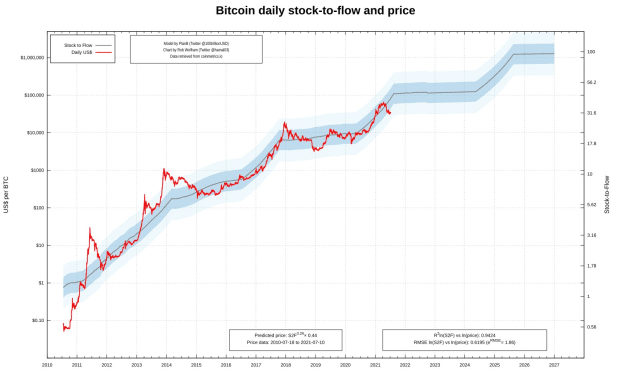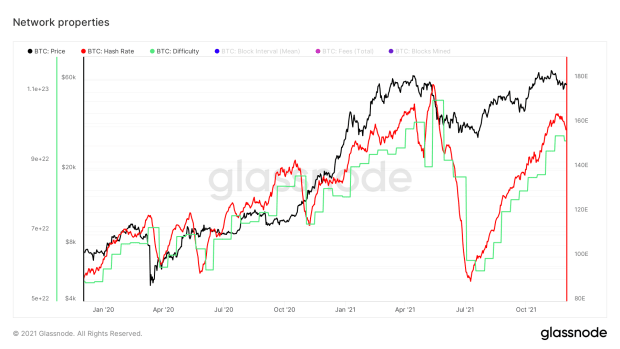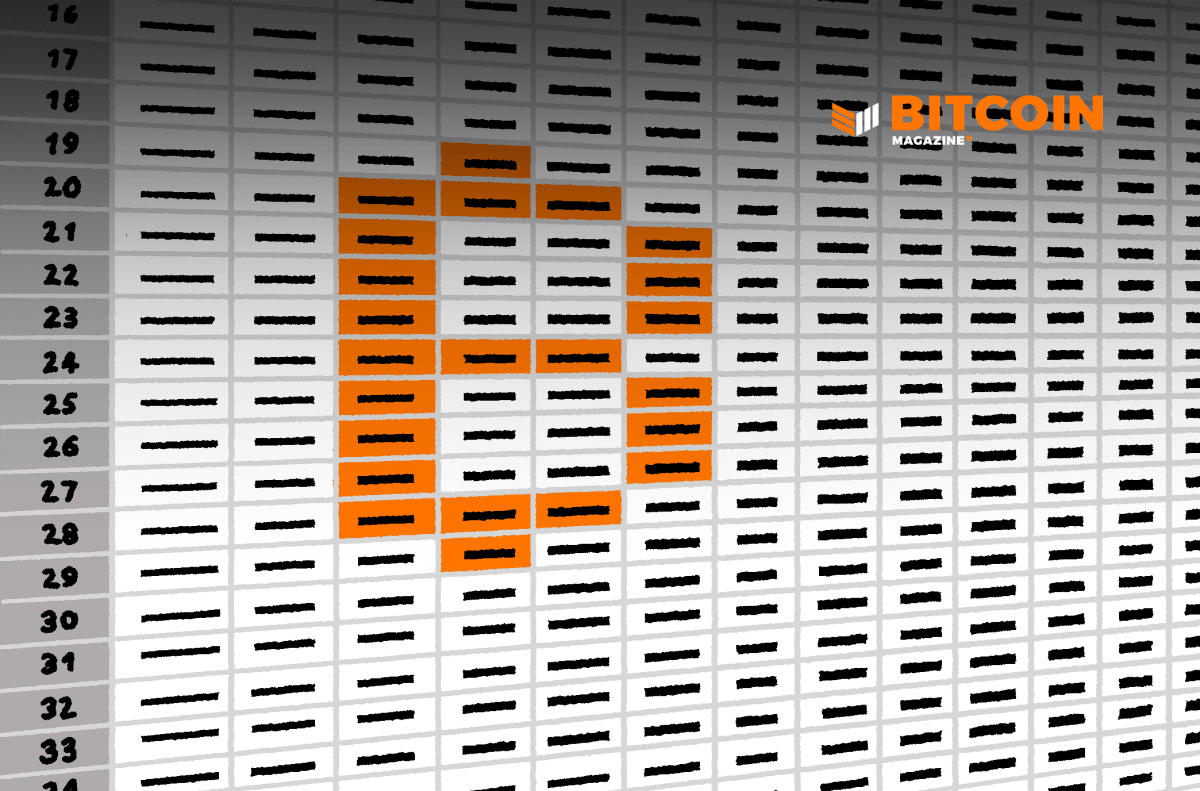China’s State Cryptocurrency Coming Soon, Featuring Two-Layer Structure
This article was originally published by 8btc and written by Lylian Teng.
China is about to roll out its central bank digital currency (CBDC), which features a two-layer operation mechanism, with China’s central bank running the top layer and business institutions running the second layer, said Mu Changchun, deputy chief at the Payment and Settlement Division of the People’s Bank of China (PBoC).
China’s central bank initiated a study on digital currency and its central bank-backed digital currency in early 2014 when the bitcoin began to gain popularity in the country. After five years of research, the central bank officer recently announced that the CBDC is ready to come out and revealed some design principles behind the upcoming state cryptocurrency at the third summit of China Finance 40 Group Meeting.
Two-Layer Operating System
Changchun revealed that the CBDC will leverage a two-layer operation system, which means the PBoC will convert the digital currency to commercial banks or other operating institutions where the public could acquire it, instead of single-layer structure where the central bank issues the digital currency directly to the public.
He explained that a two-layer structure better suits the country’s national conditions considering that China is a complex economy with a vast territory and a large population, where economic development, resource endowment, literacy education and acceptance of smart terminals vary from place to place. Technically, a two-layer operation design avoids excessive concentration of risk in a single institution, meanwhile, it can also make use of existing resources to mobilize the enthusiasm of commercial banks whose IT infrastructure and service system have been relatively mature with large user bases.
Such a structure also ensures and strengthens the macro monetary control of the central bank. The officer stressed that the PBoC insists on centralized management despite the fact that cryptocurrencies are featured by decentralization.
Retail Scenarios, High Scalability
Changchun furthered that the coming CBDC is a replacement of M0 — the base currency measure — and thus it will charge no interest rate on cash. Given that, the CBDC will not trigger financial disintermediation, nor will it have a big impact on the existing real economy.
He also pointed out that the state-backed digital currency will comply with the current legal framework, such as laws of cash management, anti-money laundering and counter-terrorism financing. Any suspicious transaction or whale transfers are obliged to be reported to the PBoC.
On top of the basic compliance, Changchun detailed that China’s CBDC shall bear attributes of high scalability and high concurrency performance, which are essential to its applications in small retail and high-frequency business scenarios. He believes that setting transaction limits and balancing limits in accord with wallets at different levels will help promote its usage in the aforementioned cases. By doing this, there should be a minimization on deposits, helping avoid the pro-cyclical effect that comes under arbitrage and a stressed environment.
“State-backed cryptocurrency is inevitable, though it is hard to implement,” commented China UnionPay Chairman Shao Fujun.
The country has been taking the lead in developing a state-backed digital currency while many other countries have been attempting to launch their own cryptocurrencies in an effort to tackle issues of low inefficiency, high latency and more.
The post China’s State Cryptocurrency Coming Soon, Featuring Two-Layer Structure appeared first on Bitcoin Magazine.








